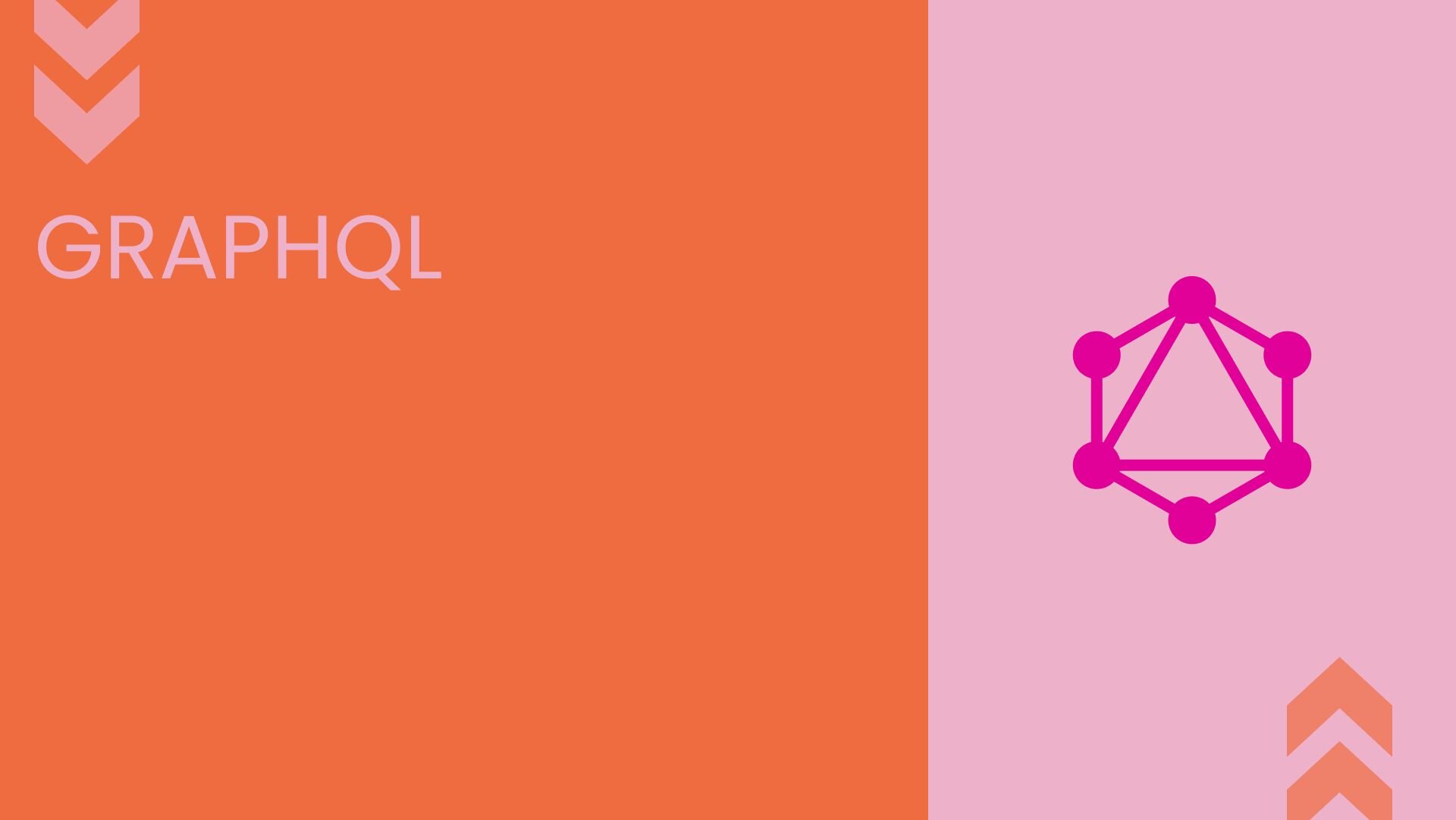
GraphQL Definition



Glossary Terms


What is GraphQL?
GraphQL is a typed query language for APIs. It runs server-side, executing queries against your existing code and data sources. You define a schema that describes your data types and their relationships. Clients can then request exactly the fields they need in a single query, and GraphQL fetches only that data from your backend.
It's database-agnostic, so it works with any storage system you're using. GraphQL sits between your client and your existing services, providing a flexible interface that evolves with your needs without changing underlying data sources.
GraphQL is a query language
GraphQL is not tied to any specific database or storage engine. It's a language for querying data from various sources. There are two main types of operations in GraphQL:
- Queries: Used to fetch data
- Mutations: Used to modify data
How GraphQL works?
The core principle of GraphQL is asking for what you need and receiving just that—nothing more, nothing less. This approach eliminates over-fetching and under-fetching of data, making GraphQL highly efficient.
GraphQL uses a type system to ensure that apps only request what's possible, providing clear and helpful errors when issues arise. It's organized in terms of types and fields, not endpoints, making it easy to set up and use.
GraphQL schema
A GraphQL schema acts as a contract between the client and server. It's written in the GraphQL Schema Definition Language (SDL) and defines the types of data in the system.
Types and fields in GraphQL
GraphQL uses a strong type system to define the structure of your API. The schema is composed of object types, which represent the kinds of objects you can fetch from your service, and the filds on those types.
For example, a basic schema might look like this:
type Query {
user(id: ID!): User
}
type User {
id: ID!
name: String!
email: String
posts: [Post!]
}
type Post {
id: ID!
title: String!
content: String!
author: User!
}
In this schema:
Queryis a special type that defines entry points for the APIUserandPostare object types with various fields- Fields like
id,name,emailare scalar types (ID, String) - The
postsfield onUseris a list type, indicating a user can have multiple posts - The
!indicates a non-null field
This type of system allows GraphQL to validate queries at runtime, ensuring that clients only request valid data and receive predictable results.
Benefits of GraphQL
- Efficiency: GraphQL allows clients to request only the data they need, reducing bandwidth usage and improving performance.
- Flexibility: With a single endpoint, clients can fetch all required data in a single request.
- Strong typing: GraphQL's type system helps catch errors early and provides better tooling support.
- Rapid frontend iterations: Developers can modify data requirements without waiting for backend changes.
- Insightful analytics: GraphQL provides fine-grained insights into data usage patterns.
GraphQL vs. REST
While REST is an architectural concept for network-based software, GraphQL is a query language and set of tools that operate over a single endpoint. Key differences include:
- GraphQL uses a query language to tailor requests, while REST uses different endpoints for different resources.
- GraphQL typically uses POST requests, while REST uses various HTTP methods (GET, POST, PUT, etc.).
- GraphQL returns data in a format matching the client's request, while REST returns whole-resource structures.
Getting started with GraphQL
To begin using GraphQL:
- Design your schema based on your application's data requirements.
- Set up resolvers to connect your schema to data sources.
- Use a GraphQL client library (like Apollo Client or Relay) in your frontend application.
Query syntax
Here's a basic GraphQL query:
query {
job(id: "123") {
title
company {
name
location {
city
country
}
}
}
}
This query fetches a job by ID and its title, company name, and location details.
Best practices
- Design your schema based on how the data will be used, not on how it's red.
- Use a strong type system to define your API capabilities clearly.
- Implement pagination for large datasets to improve performance.
- Use aliases and fragments to keep your queries clean and reusable.
Common challenges and solutions
- Caching: Use tools like Apollo Client or Relay to implement efficient caching strategies.
- Query complexity: Implement query cost analysis to prevent resource-intensive queries.
- Security: Use depth limiting, query timeouts, and proper authentication to protect your API.
Builder's GraphQL API
Builder.io provides a GraphQL Content API that allows you to query your data efficiently. Here's how to use it:
- Endpoint:
https://cdn.builder.io/api/v1/graphql/YOUR_API_KEY?query=QUERY - Basic usage:
- With targeting:
- With custom query:
- For React applications:
- To get HTML:
For more details, refer to Builder's GraphQL API documentation and Admin GraphQL Schema.
GraphQL offers a powerful and flexible approach to building APIs. Understanding its core concepts and best practices allows you to create efficient, scalable, and developer-friendly APIs for your applications.
RELATED CONTENT
Share this page




Link copied to clipboard!



